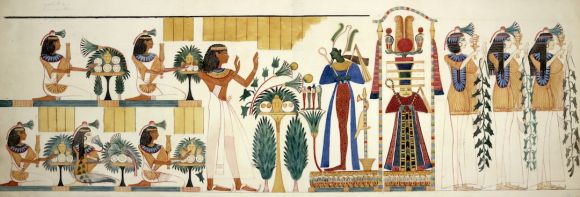For centuries, the ancient pyramids have fascinated and perplexed historians, archaeologists, and the general public alike. These colossal structures, found in various parts of the world, continue to amaze us with their architectural mastery and mysterious origins. In this article, we will explore some of the most intriguing secrets surrounding the ancient pyramids.
The Great Pyramid of Giza: A Marvel of Engineering
The Great Pyramid of Giza, the most iconic and well-known of all the pyramids, stands as a testament to the incredible engineering skills of the ancient Egyptians. Built over 4,500 years ago, it was the tallest man-made structure for over 3,800 years. The massive limestone blocks used in its construction, weighing an average of 2.5 tons each, were transported from quarries located miles away. How the ancient Egyptians managed to move and stack these immense blocks with such precision remains a mystery to this day.
Alignments with the Stars: Cosmic Connections
One of the most remarkable features of the pyramids is their alignment with celestial bodies. Researchers have discovered that the pyramids of Giza align almost perfectly with the constellation Orion. The three pyramids are positioned on the ground in a similar pattern to the stars in Orion’s belt. This alignment has led some theorists to propose that the ancient Egyptians had advanced knowledge of astronomy and used the pyramids as cosmic markers.
Hidden Chambers: The Quest for Secrets
Throughout history, explorers and archaeologists have ventured into the pyramids in search of hidden chambers and long-lost treasures. The most famous discovery to date is the tomb of King Tutankhamun, found in the Valley of the Kings. However, despite extensive explorations, many pyramids still hold secrets waiting to be unraveled. Advanced imaging techniques, such as ground-penetrating radar, have revealed the presence of voids and hidden chambers within the pyramids, sparking new excitement and speculation about what might lie inside.
The Power of Mathematics: Perfect Proportions
The pyramids’ precise mathematical proportions have long fascinated mathematicians and scholars. The base length of the Great Pyramid of Giza, divided by its height, gives a value that is remarkably close to the mathematical constant pi. This suggests that the ancient Egyptians had a deep understanding of mathematical principles and applied them in the construction of their pyramids. The intricate geometry and symmetry found within these structures continue to leave researchers in awe of the ancient Egyptians’ mathematical prowess.
The Purpose of the Pyramids: Tombs or Something More?
While it is widely accepted that the pyramids were primarily built as tombs for pharaohs and other high-ranking individuals, some theorists propose alternative purposes. These range from astronomical observatories to energy generators and even landing sites for extraterrestrial beings. While these theories may seem far-fetched, the enigmatic nature of the pyramids and the precision of their construction leave room for speculation about their true purpose.
In Conclusion: The Ancient Enigma
The ancient pyramids continue to captivate our imagination and spark curiosity about the past. Their construction techniques, alignments with the stars, hidden chambers, mathematical precision, and disputed purposes all contribute to their enduring mystery. As we delve deeper into their secrets, we may uncover new insights into the ancient civilizations that built them and their connection to the cosmos. The ancient pyramids stand as a testament to human ingenuity and remind us of the wonders yet to be discovered in our world’s history.
